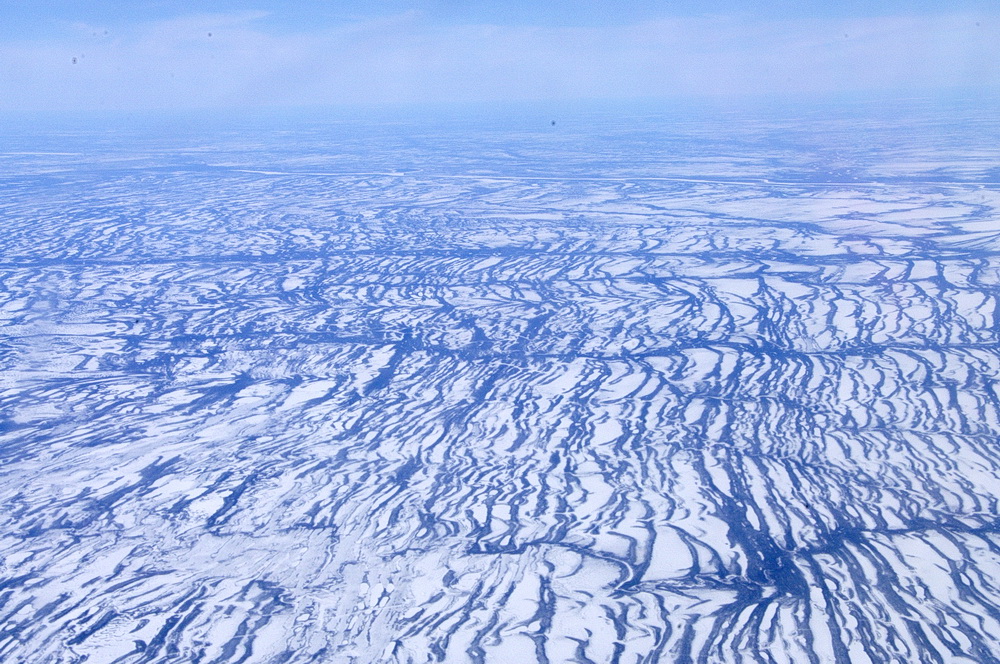There's something that I haven't seen remarked yet or taken into account in worldA: The Glacial rebound of the the Canadian shield, particularly around the hudson bay, and to a lesser extent the Gulf of Bothnia in finland has noticeably affected the coastline in even historical time, and should theoretically appear in maps even from even 1000 AD, and certainly more on virgin earth or antiquity/bronze age maps
"One estimate suggests that over the last 1000 years, this process of rising land, and draining of seawater cover in response to isostatic rebound, created about 30 km of new land along the Ontario part of Hudson Bay! That is the creation of about 3 km of new land every 100 years! "
View attachment 767096
This is what early Hudson bay looked like about 8-9k years ago, back then it was over 250m deeper (while the sea was still ~30 m lower) , since then it has risen by as much as 0.1+ m a year
source: (Observation of glacial isostatic adjustment in ‘‘stable’’ North America with GPS; GEOPHYSICAL RESEARCH LETTERS, 2007)
this is easily visible today with the ancient beaches that dot the landscape
the highest rate of uplift are found along the southern and western shore, Churchill, Manitoba has experienced 0.9m rebound over the past century, a lot of the hudson bay indeed doesn't have any problem with rising sea levels...
Postglacial rebound in Arctic Canada: similarity and predictions of uplift curves, 1967 tries to model it, and while rebound is best modelled by a negative exponential, it seems that a lot of it is still left to happen! Some are even expected to rise by another 100m across the next 10,000 years,
Post-Glacial Isostatic Adjustment and Global Warming in Subarctic Canada:
Implications for Islands of the James Bay Region (2009) attempts to simulate the future shoreline of the southern part of the hudson bay over the next millenium and it's quite shrinking despite taking global warming into account
now I'm not quite sure what the shorelines exactly looked like at a particular date in the past, I haven't seen a source with the exact ancient shoreline yet, and detailled estimates probably are too difficult to do for an amateur given the varied rate of uplift and composition of the crust, but we can for exemple give a rough estimate with the current rate as a minimum, for exemple this may be what it looks like for the 1350 BC map, 3000 years ago and with over 40-50 meters higher shores
View attachment 767107
I'll be continuing to search on this and try to model it for a worldA



